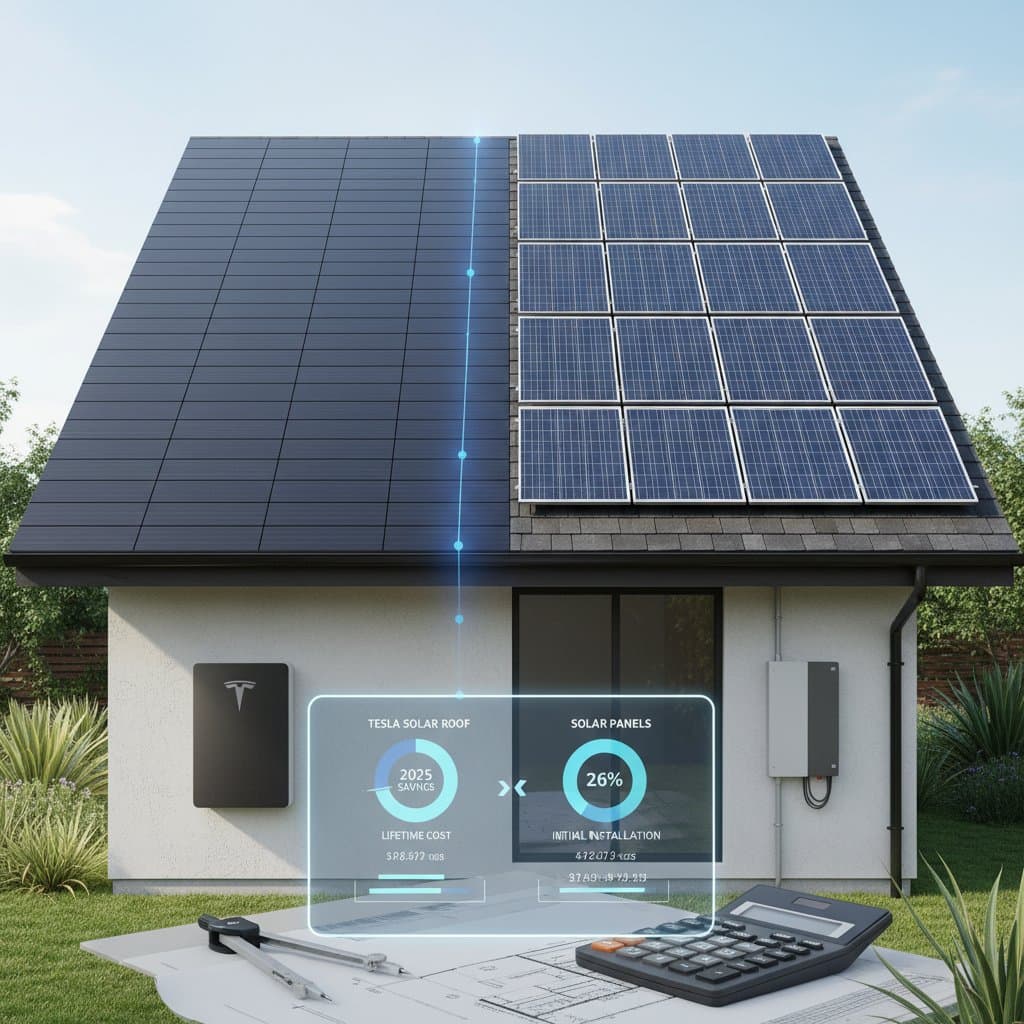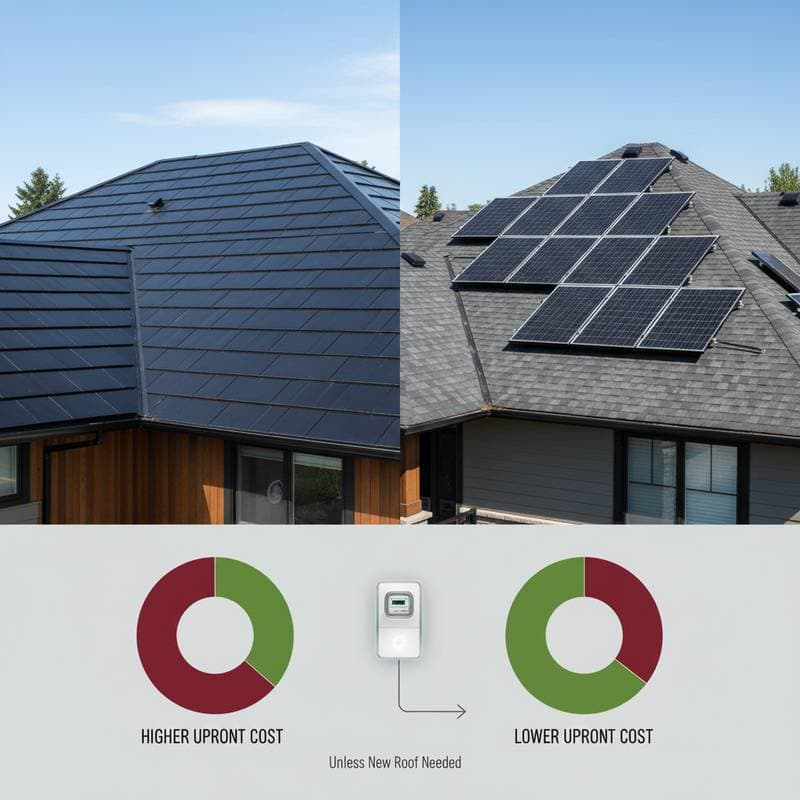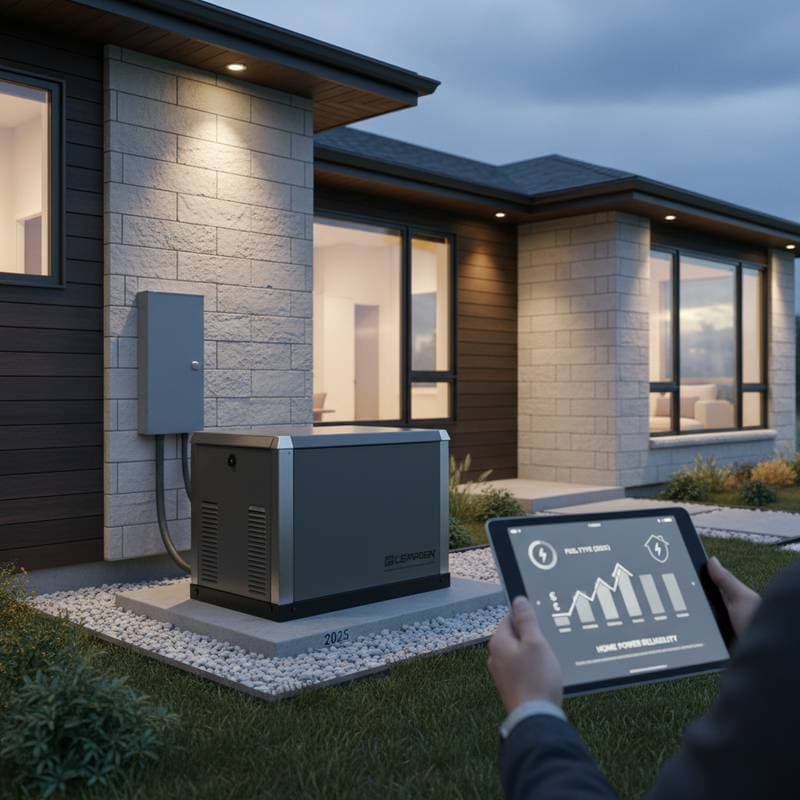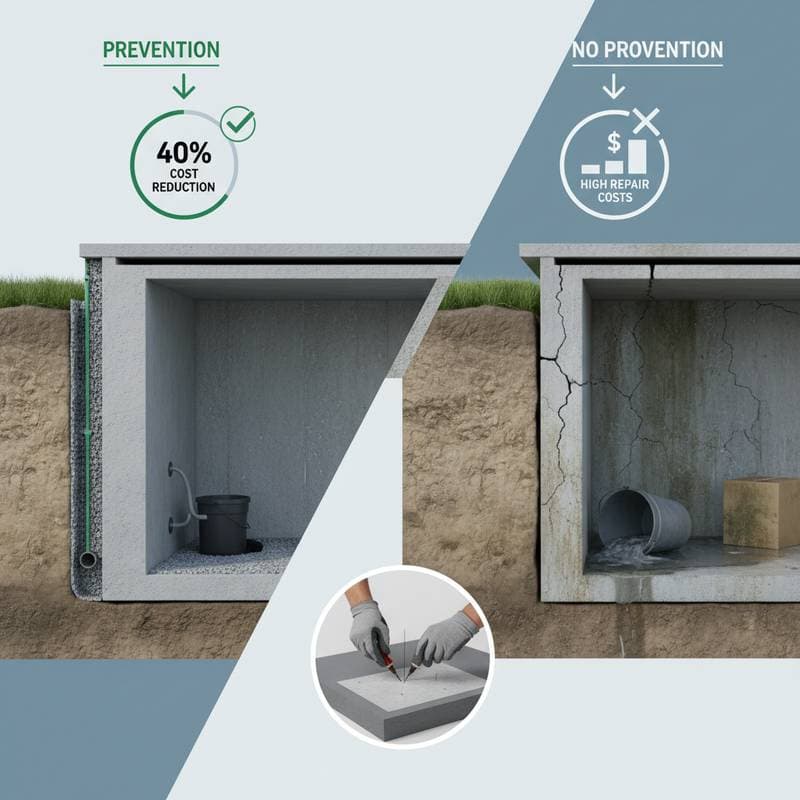Breaking Down 2025 Solar Roof Costs: Tesla vs Panels
Homeowners exploring solar energy often weigh the Tesla Solar Roof against traditional solar panels. Each option reduces utility bills and supports sustainability, yet they vary in cost, aesthetics, and performance. This analysis examines these aspects to guide selection based on property needs and financial considerations.
The following sections detail solar roof costs, compare Tesla Solar Roofs with standard panels, and outline installation, maintenance, and return on investment evaluations.
Understanding Solar Roof Costs
Solar system expenses hinge on system type, roof configuration, and household energy demands. Pricing structures differ markedly between integrated and add-on solutions, influencing overall investment.
Tesla Solar Roof Cost Breakdown
The Tesla Solar Roof integrates photovoltaic glass tiles that replace existing roofing. This dual-purpose design elevates initial costs by addressing both roofing and power generation.
Key components contribute to average Tesla Solar Roof expenses:
- Roofing materials: $15 to $25 per square foot, varying with design intricacy
- Solar tiles: $1.50 to $2.50 per watt for power output
- Installation and labor: $10,000 to $20,000, scaled to roof dimensions and pitch
- Battery storage (Powerwall option): $8,000 to $10,000 per unit
For a typical mid-sized residence, complete installations range from $50,000 to $80,000, encompassing roof renewal and energy production.
Traditional Solar Panel Cost Breakdown
Traditional solar panels affix to the current roof surface, proving more economical. These systems presuppose a sound roof foundation, avoiding replacement expenses.
Standard solar panel system elements include:
- Panels and mounting hardware: $2 to $3 per watt of capacity
- Inverter and electrical components: $2,000 to $5,000
- Installation labor: $5,000 to $10,000, influenced by workforce rates and roof style
- Battery storage option: $8,000 to $10,000 per unit
Complete residential setups generally total $20,000 to $35,000 prior to rebates, positioning them as a budget-friendly alternative to Tesla systems.
Factors Affecting Pricing
Multiple variables shape solar project expenditures:
- Roof condition: Aging or compromised structures demand pre-installation repairs.
- Roof complexity: Inclined or irregular designs extend labor duration and fees.
- Energy consumption: Elevated usage necessitates expanded arrays.
- Geographic location: Regional wages and regulatory costs fluctuate.
- Available incentives: Government credits substantially lower net outlays.
When DIY Might Save or Cost More
Pre-packaged DIY solar kits offer entry-level options, yet they seldom achieve expert outcomes. Labor savings come at the expense of potential complications like structural breaches or suboptimal energy capture. Professional oversight remains essential for enduring safety and efficacy.
DIY vs Professional: Making the Right Choice
Installation decisions balance affordability against dependability and compliance. The subsequent overview contrasts self-directed and expert-led methods.
DIY Installation Benefits and Drawbacks
Advantages:
- Reduced labor expenses
- Customizable timelines
- Sense of accomplishment in execution
Disadvantages:
- Restricted manufacturer warranties
- Elevated chances of structural or electrical faults
- Absence of formal evaluations or approvals
- Challenges securing municipal permissions
DIY approaches fit minor, disconnected applications such as outbuildings. Primary residence systems benefit from specialist intervention for optimal results.
Professional Installation Benefits and Drawbacks
Advantages:
- Accredited setup with full warranty eligibility
- Tailored configurations for peak efficiency
- Guidance through regulatory hurdles
- Eligibility for rebates and funding schemes
Disadvantages:
- Elevated initial investment
- Dependence on provider schedules
Professional services yield superior longevity and assurance, outweighing premium pricing.
Skill Level and Tools Needed for DIY
DIY endeavors demand:
- Foundational electrical expertise and hazard awareness
- Tools including drills, torque wrenches, and racking systems
- Protective equipment such as fall arrest harnesses and stable ladders
- Diagnostic instruments for circuit verification
Precision in cabling and fixation proves critical; deviations risk integrity and output.
Safety and Time Considerations
Projects entail elevated work and voltage management. Trained teams mitigate these risks effectively. Expert installations span one to three days for homes, whereas self-managed efforts extend over weeks amid learning curves.
Your Solar Roof Questions, Answered
Expert insights address frequent inquiries.
How long does a Tesla Solar Roof last?
Tesla tiles withstand extended service, backed by warranties spanning decades for both structure and generation.
How long do standard solar panels last?
Premium panels sustain output for 25 to 30 years, degrading at approximately 0.5 percent annually.
Does roof orientation affect production?
Orientation matters; southward exposure maximizes insolation in northern hemispheres. Obstructed or northward alignments may necessitate compensatory designs.
Can solar panels be installed on any roof type?
Most configurations accommodate panels, though tiled roofs require adapted fixtures. Structural assessments confirm feasibility.
Do I need to replace my roof before adding panels?
Roofs approaching obsolescence warrant renewal prior to mounting to avert future disruptions.
What maintenance is required?
Systems demand light upkeep: periodic surface clearing and routine checks. Tesla tiles benefit from low-profile designs minimizing debris.
How much can I save on electricity?
Offsets range from 60 to 100 percent of bills, contingent on consumption and tariffs.
Are permits required?
Regulatory approvals for electrical and construction aspects apply universally; professionals navigate these routinely.
Can batteries be added later?
Retrofit compatibility exists for both formats, enabling subsequent energy storage.
What are red flags when hiring installers?
Steer clear of opaque quotations, uncertified operators, or scant guarantees. Verify credentials and feedback prior to commitment.
How to Decide: Your Step-by-Step Guide
Selection hinges on structural status, fiscal limits, and objectives.
Step 1: Assess Your Roof Condition
Sound roofs favor panel additions for economy. Imminent replacements align with Tesla integrations for consolidated benefits.
Step 2: Evaluate Energy Goals and Budget
Document consumption patterns and allocate funds. Project offsets to gauge recovery periods.
Step 3: Calculate True Costs
Account for ancillary outlays like modifications, fees, and loans. Demand detailed estimates.
Step 4: Consider Visual Preferences
Tesla provides understated elegance; panels offer visibility at lower cost. Style impacts decisions.
Step 5: Make the Final Decision
Weigh analyses against priorities for informed commitment.
Preparing for Your Solar Project
- Solicit bids from vetted providers.
- Examine roof integrity thoroughly.
- Align schedules with seasonal factors.
- Explore funding avenues such as loans.
- Establish benchmarks for returns and care.
Advancing Home Energy Independence
Solar adoption reshapes consumption patterns and elevates asset worth. Tesla and panel solutions alike foster fiscal and ecological gains through sustained operation.





